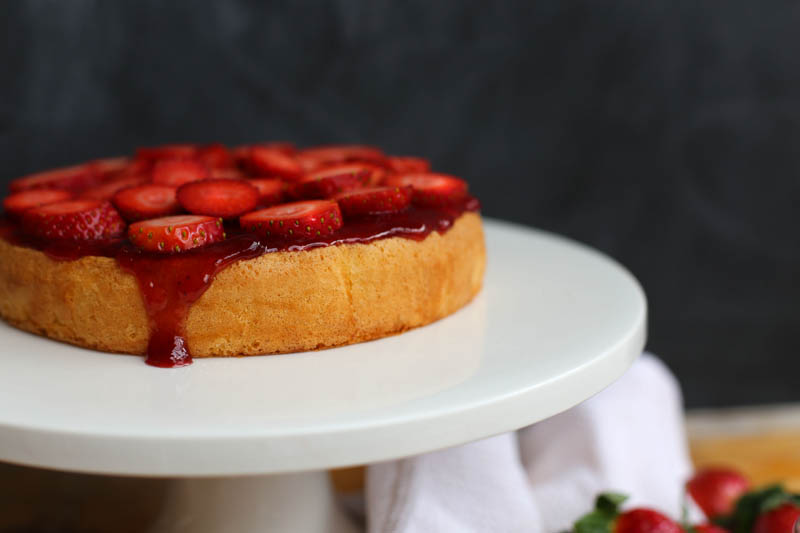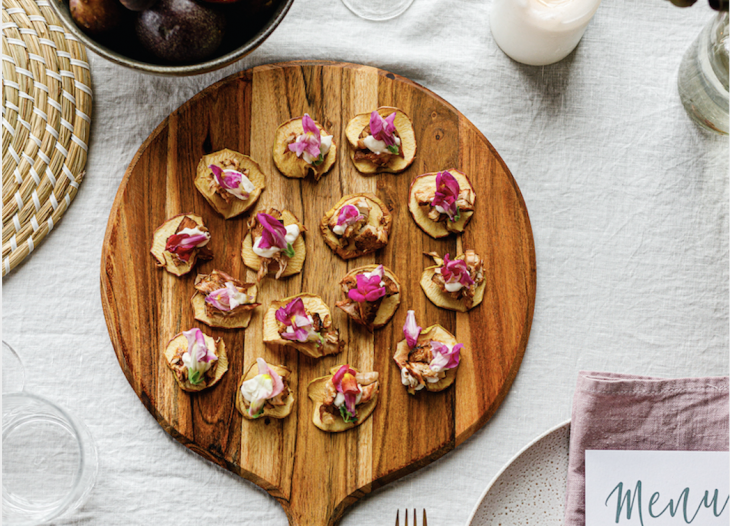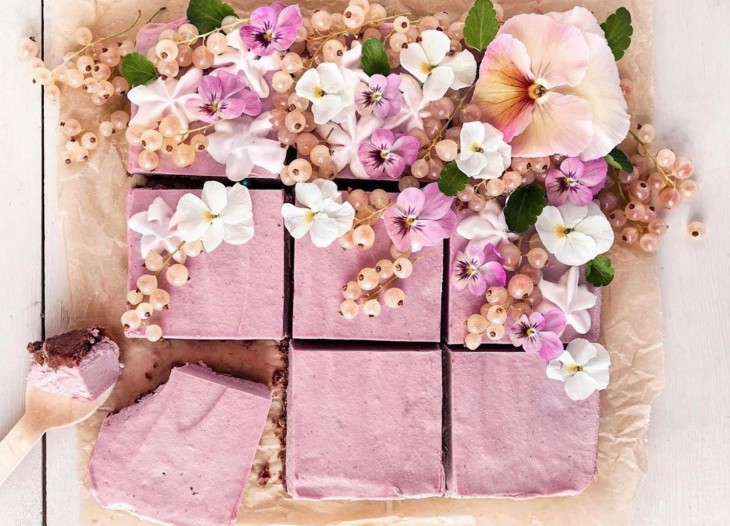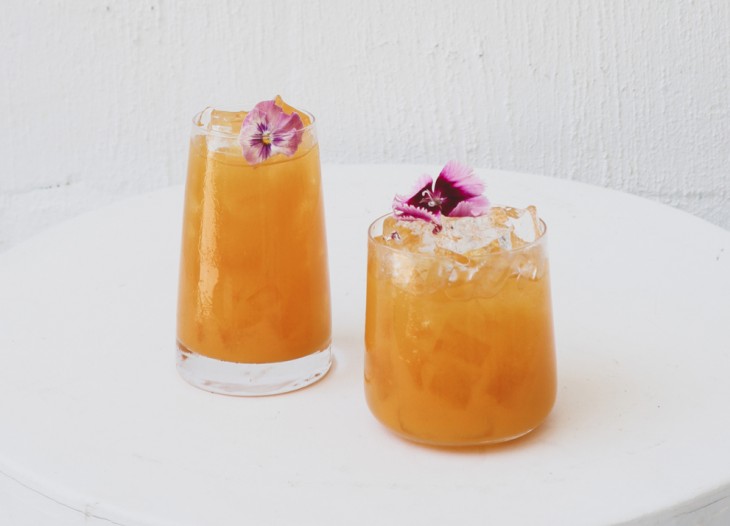Remember this conversation between Australian legends Darryl and Sal Kerrigan?
Darryl: What do you call that, darl?
Sal: Sponge Cake.
Darryl: Beautiful. And what’s that stuff on top?
Sal: Icing sugar.
So, we thought, what better recipe to share on Australia Day, other than a Pavlova (which we’ve already done in Issue 9), than a classic sponge?
Here’s one from our good friend Rach over at Polka. Actually, it’s her mum’s recipe and she says it hasn’t failed her yet!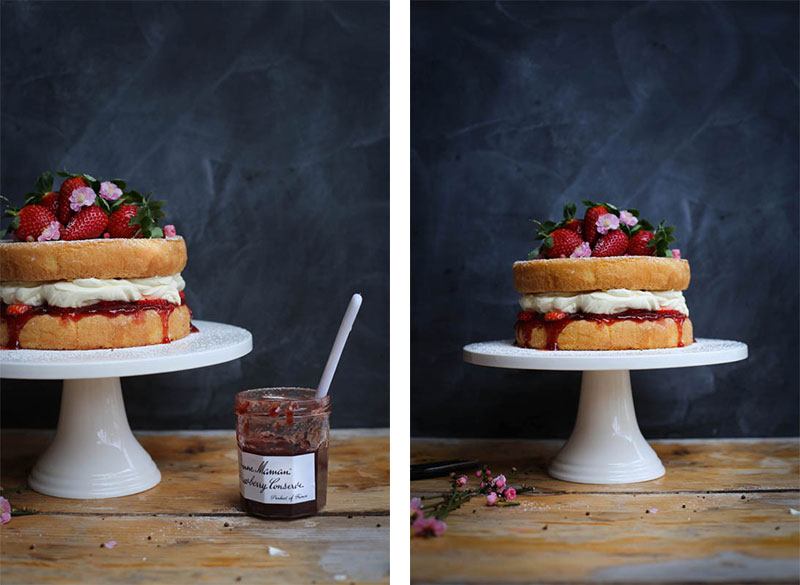
TIME
1 hour
SUITABLE FOR
Ages 12+
WHAT YOU’LL NEED
4 XL free-range eggs | 100g caster sugar | 35g cornflour | 50g plain flour or cake flour | 35g self-raising flour | 2 teaspoons full-cream milk (10mls) | 2 teaspoons butter (10g) melted | ½ teaspoon vanilla extract
WHAT TO DO
- Preheat oven to 180 degrees conventional.
- Grease and line two 20cm round cake tins with baking paper. Set aside.
- Beat eggs with an electric standing mixer for 10 minutes on medium speed until thick and pale in colour.
- Meanwhile, combine flours and sift four times (yes, four times!).
- In a separate bowl, sift caster sugar and set aside.
- Combine milk and butter in a microwave-safe dish. Set microwave to low (or ‘warm’) setting and heat milk and butter for three 20 second bursts, stirring between each, until butter is melted (this is to prevent a butter explosion- I learned this the hard way!). Add vanilla and set aside.
- With the eggs still beating, add a tablespoon of sugar to the eggs at a time, mixing well between each addition, until all the sugar has been added. You should now have a bowl of light and fluffy egg mixture.
- Sift the flour one last time (not even kidding) over the egg mixture and use a nice and bendy spatula to gently fold the flour through, being careful not to knock out too much air. Make sure you scrape the bottom of the bowl to ensure all of the flour has been incorporated. It’s difficult to get the mixture perfectly smooth without losing too much air, so a few little bumps and bubbles are fine. I like to poke at a few of the larger lumps to make sure that they’re not pockets of flour. Add the butter and milk mixture and fold through.
- Divide the mixture evenly between the two cake tins and bake for 20 minutes. Turn down oven to 170 degrees and bake for another 5-10 minutes, depending on your oven. You will know the cakes are ready when they are lightly golden in colour, springy to the touch and are coming away from the sides of the tin.
- Turn out cakes onto a paper-covered wire rack. Leave the baking paper on to prevent them drying out (I also like to cover them with an upturned plastic container to keep them super moist) and allow them to cool completely.
TIPS
For tips on making the perfect sponge, as well as ideas on how to fill and flavour it, click here.
Recipe + Images Rachael Linke, Polka

